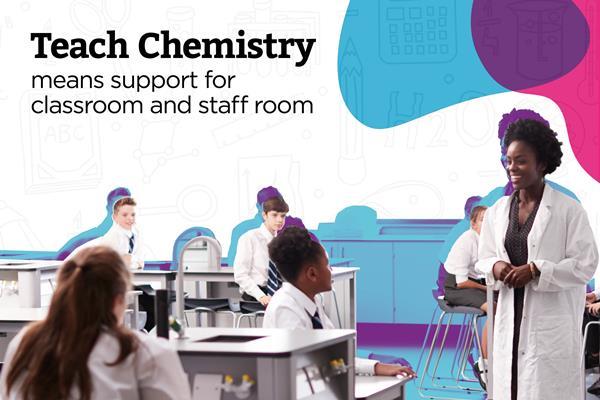Alkali metals – the camera lies
![Alkali 1 shutterstock 159405800 300tb[1]](https://d1ymz67w5raq8g.cloudfront.net/Pictures/100x67/6/3/4/113634_alkali_1_shutterstock_159405800_300tb1.jpg)
Declan Fleming explains how Brainiac's faked explosions helped produce a great resource to stretch his students
What demonstration do you use to teach group relationships in the periodic table? What reaction shows the similarity of elements in a group and also the progressive chemistry from one element to the next?
Alkali metals in water? Yep.
Lithium fizzes, sodium pops, potassium explodes. Of course, it’s not practical to demonstrate rubidium and caesium live – but everyone knows their reactions are progressively more dramatic, and you can just show the video. Right?
With a link to the Braniac video, this article explores how to use their faked explosion as a teaching resource.
Thanks for using Education in Chemistry. You can view one Education in Chemistry article per month as a visitor.

Register for Teach Chemistry for free, unlimited access
Registration is open to all teachers and technicians at secondary schools, colleges and teacher training institutions in the UK and Ireland.
Get all this, plus much more:
- unlimited access to resources, core practical videos and Education in Chemistry articles
- teacher well-being toolkit, personal development resources and online assessments
- applications for funding to support your lessons
Already a Teach Chemistry member? Sign in now.
Not eligible for Teach Chemistry? Sign up for a personal account instead, or you can also access all our resources with Royal Society of Chemistry membership.


